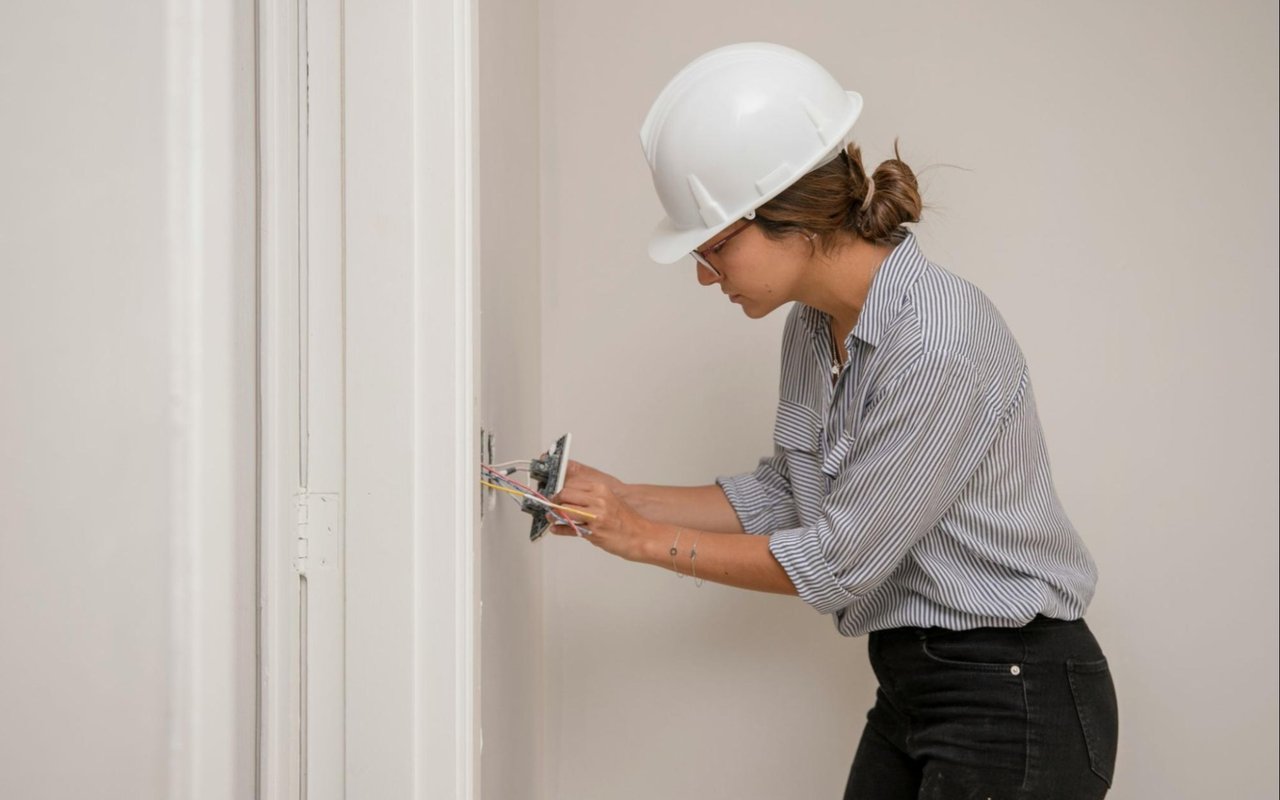Undertaking a home remodel can be one of the most rewarding yet challenging projects for homeowners. Whether you're updating a single room or transforming an entire house, careful planning and the right approach can make all the difference. By following these remodeling tips, you can avoid common pitfalls and create a space that reflects your style, meets your needs, and adds value to your home.
1. Set a Clear Budget—and Stick to It
It’s also a good idea to allocate about 10-20% of your budget as a contingency for unexpected costs. Renovations often come with surprises—like outdated wiring or hidden structural issues—so being financially prepared is crucial for success.
Tip: Be realistic about your budget and avoid underestimating costs. Research material and labor prices in your area to get an accurate estimate. Keep a spreadsheet to track all expenses as they arise.
2. Plan and Prioritize Your Remodeling Goals
If you’re remodeling multiple areas, prioritize the spaces that need the most work or that will give you the highest return on investment, like the kitchen and bathrooms. These are often the most-used rooms in a home, and updating them can significantly improve your daily living experience while also boosting resale value.
Tip: Consider the long-term impact of your decisions. Investing in high-quality materials and energy-efficient appliances may cost more upfront, but they can save you money in the long run and enhance your home’s overall value.
3. Hire the Right Professionals
When selecting a contractor, be sure to check their references, ask for a detailed contract, and ensure they are licensed and insured.
Tip: Meet with multiple contractors before making a decision, and get several quotes to compare pricing and services. A detailed written contract outlining the scope of work, timeline, and payment schedule is essential to avoid misunderstandings later on.
4. Create a Realistic Timeline
Be mindful of any holidays, family events, or other major commitments when planning your remodel. It’s also a good idea to prepare for temporary inconveniences—such as relocating certain rooms or areas of your home during construction—especially if you’re remodeling high-traffic spaces like the kitchen or bathrooms.
Tip: Build in buffer time for unexpected delays, particularly when waiting for custom materials or permits.
5. Focus on Functionality and Layout
For larger projects like a kitchen or bathroom remodel, consider consulting with a designer to optimize your layout. A well-planned layout can improve traffic flow, increase storage, and make your home feel more spacious and comfortable.
Tip: For kitchen remodels, use the "work triangle" concept, which positions the sink, stove, and refrigerator within easy reach of each other to maximize efficiency.
6. Choose Quality Materials
While it might be tempting to cut costs with cheaper materials, investing in durability will pay off in the long term by reducing maintenance and repairs.
Tip: Don’t overlook the importance of energy-efficient materials. Consider options like double-paned windows, energy-saving appliances, and sustainable building materials to enhance your home’s efficiency.
Reach Out to The Berns Team
If you’re ready to explore your real estate options or want to discuss how a renovation can affect your property value, contact The Berns Team. Their expert knowledge and experience in the local market can help guide you through buying, selling, and investing in real estate. Reach out today!











